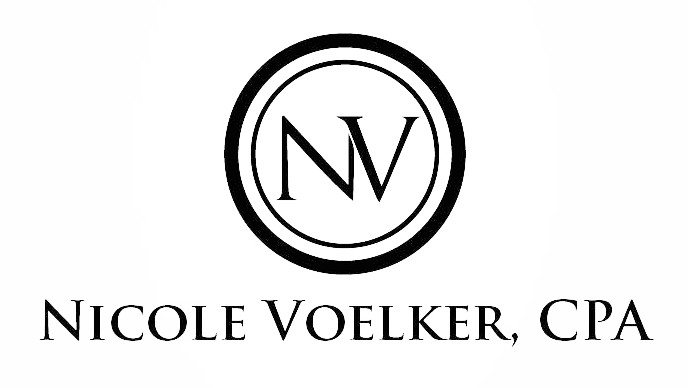Why is business valuation important in divorce? In any divorce, all marital assets must be valued, houses, vehicles, investments, etc. If one (or both) of the spouses owns a business interest, the business interest must be valued, as well. When a business entity is included in marital assets, it is usually a key asset. Accurately assessing the business value is paramount to a fair resolution.
Objectivity
In many divorce cases, each spouse obtains a different valuation expert. If possible, it may prove most efficient for both spouses to agree on one business valuation expert to perform the business valuation. The standards for valuation services, set forth by the American Institute of Certified Public Accountants (AICPA), “require objectivity in the performance of all professional services, including valuation engagements. The principle of objectivity imposes the obligation to be impartial, intellectually honest, disinterested, and free from conflicts of interest.” (Statement on Standards for Valuation Services No. 1, Section 100, Paragraph 14.) This requirement applies to all certified public accountants performing business valuations.
Where an attorney is an advocate for his or her client, a business valuation expert is an advocate only for his or her opinion of value. For this reason, spouses can feel comfortable in selecting one business valuation expert to objectively value the business involved.
Business income and owner’s compensation
In divorce cases involving a business, a determination of business income and owner’s compensation are also important. These figures are key elements in determining fair and appropriate alimony and child support requirements. Projections of income and compensation are analyzed in depth throughout the business valuation process.
If spouses and their attorneys determine that a full business valuation is not required, a business valuation expert can perform an analysis on business income and owner’s compensation, specifically. This type of analysis would likely result in a calculation report (more specific and less extensive than an overall valuation report.)
Another issue is the relationship between reasonable owner’s compensation and the value of the business. The higher the value of reasonable owner’s compensation, the lower the value of the business. The relationship is inverse. This is an important consideration in divorces with a two-fold purpose of determining property value and ongoing maintenance.
Personal goodwill versus enterprise goodwill
In many states, including the State of Illinois, the divorce courts generally exclude personal goodwill from the value of the business. Goodwill is an intangible asset. Goodwill is the value of a business’s ability to acquire future earnings that is in excess of its tangible net assets. In some cases, a portion of goodwill might be specifically associated with the business owner him or herself. This portion is considered personal goodwill. For instance, consider a doctor who works by himself in his own practice. A portion of the assessed goodwill in this scenario would likely be personal goodwill.
Valuation date
Selecting an appropriate valuation date is crucial in a valuation for divorce purposes. Family businesses may suffer in the time frame leading up to a divorce. It is important to set a valuation time that appropriately depicts the value of the business at the time the property is divided. Divorce courts are likely to question a bygone valuation date.
Documents required for a business valuation
A business valuation performed for the purpose of a divorce is the same basic procedure as a business valuation performed for any other purpose. It is a comprehensive review of the entire business. The documentation required is an extensive list. Below is a summarized list of key required documents:
- Balance sheets and income statements for the last five years.
- Income tax returns for the last five years.
- Most recent interim financial statements.
- Depreciation schedule of all assets: property, plant, and equipment.
- List of marketable securities.
- Aged accounts receivable and accounts payable summaries.
- Inventory list.
- Any existing contracts (building or equipment lease agreements, insurance policies, franchise agreements, employment agreements, covenants not to compete, supplier or customer agreements, royalty agreements, etc.)
- List of stockholders and ownership shares.
- List of any related party activities.
- List of subsidiaries or financial interests in other entities.
- Budgets and projections for the next five years.
- Organizational chart.
- List of key personnel, including length of service, qualifications, compensation and benefits, etc.
- Articles of incorporation.
- Any existing buy-sell agreements, shareholder agreements, etc.)
- List of any key customers, suppliers, and competitors.
- List of locations.
- Any current tax assessments or appraisals.
- Any patents, copyrights, trademarks, or intangible assets.
- Any ongoing correspondence with regulatory agencies.
- Any contingent liabilities (pending lawsuits, regulatory compliance issues, warranty liabilities, etc.)
